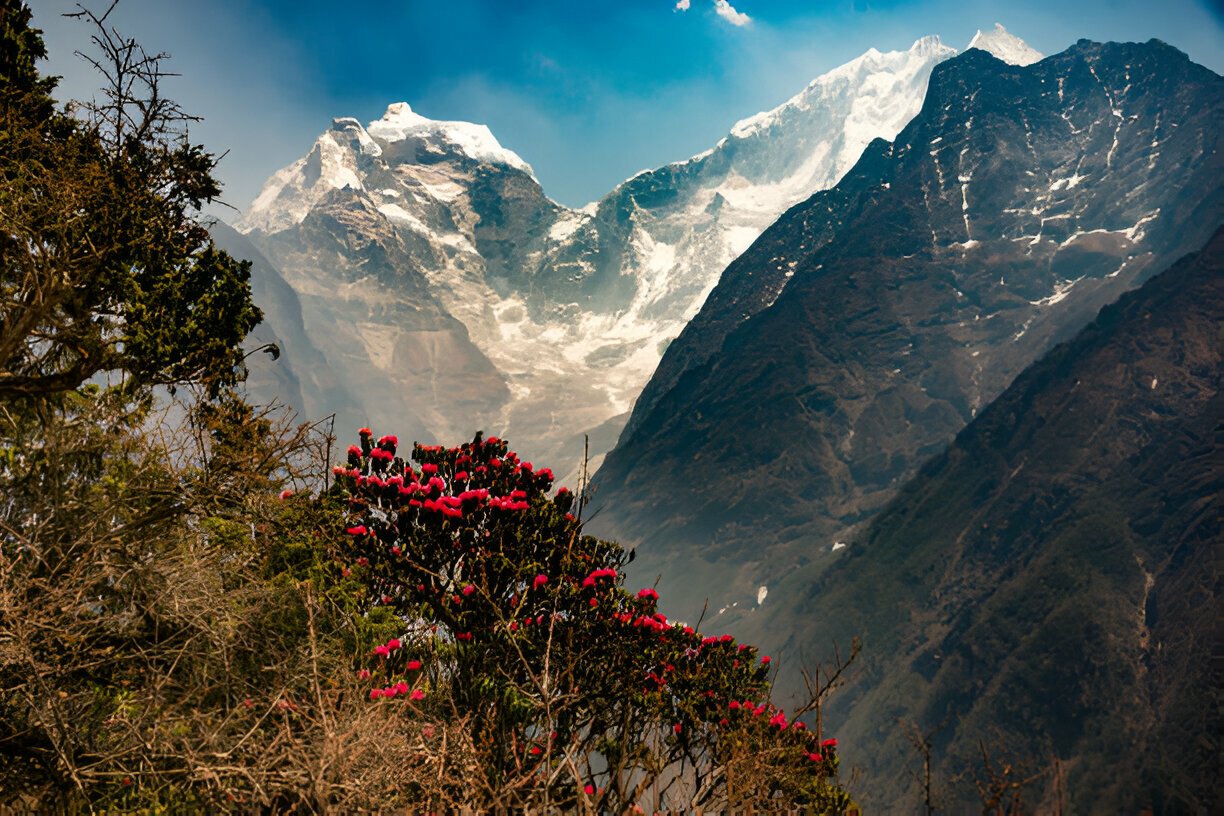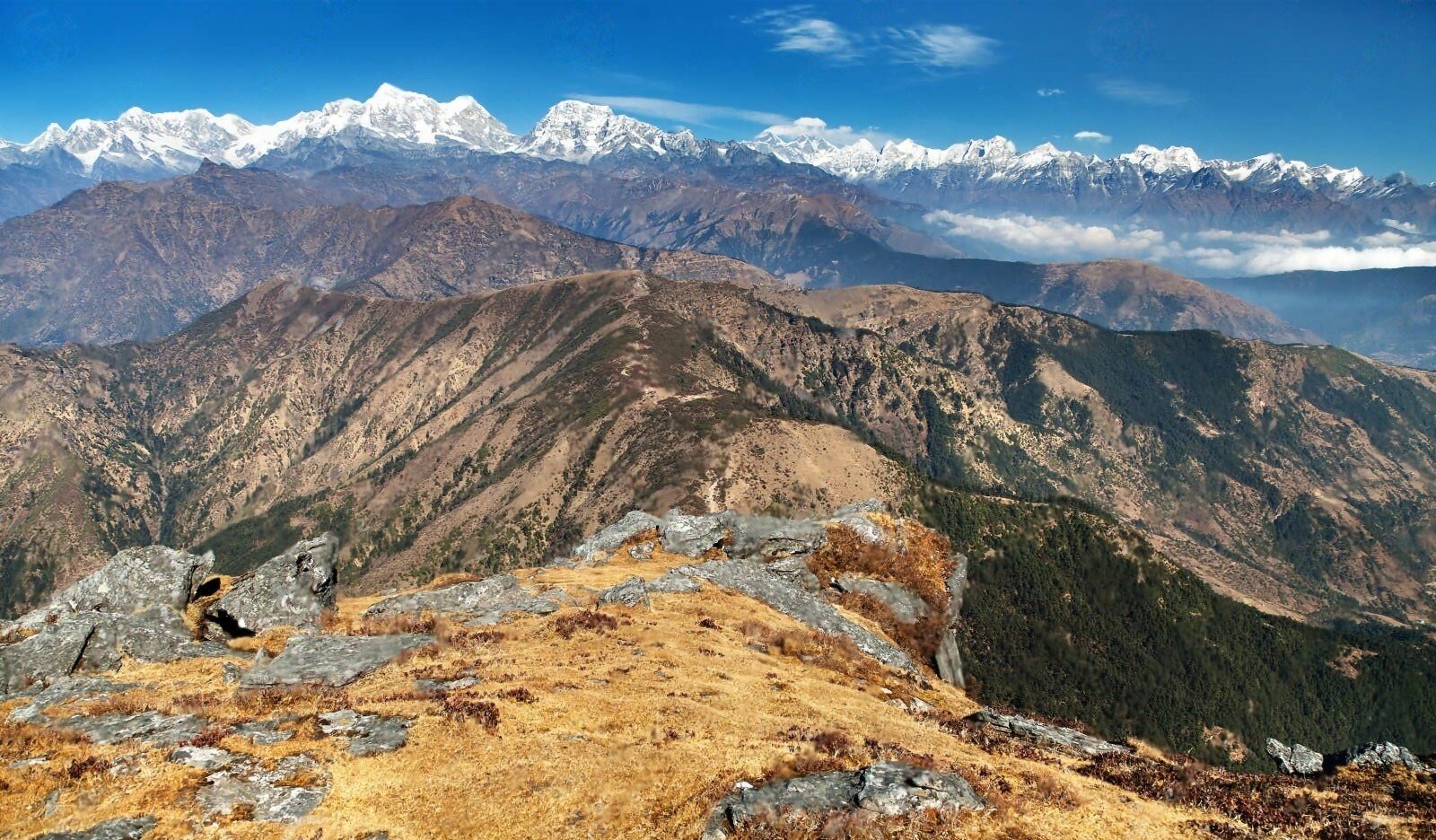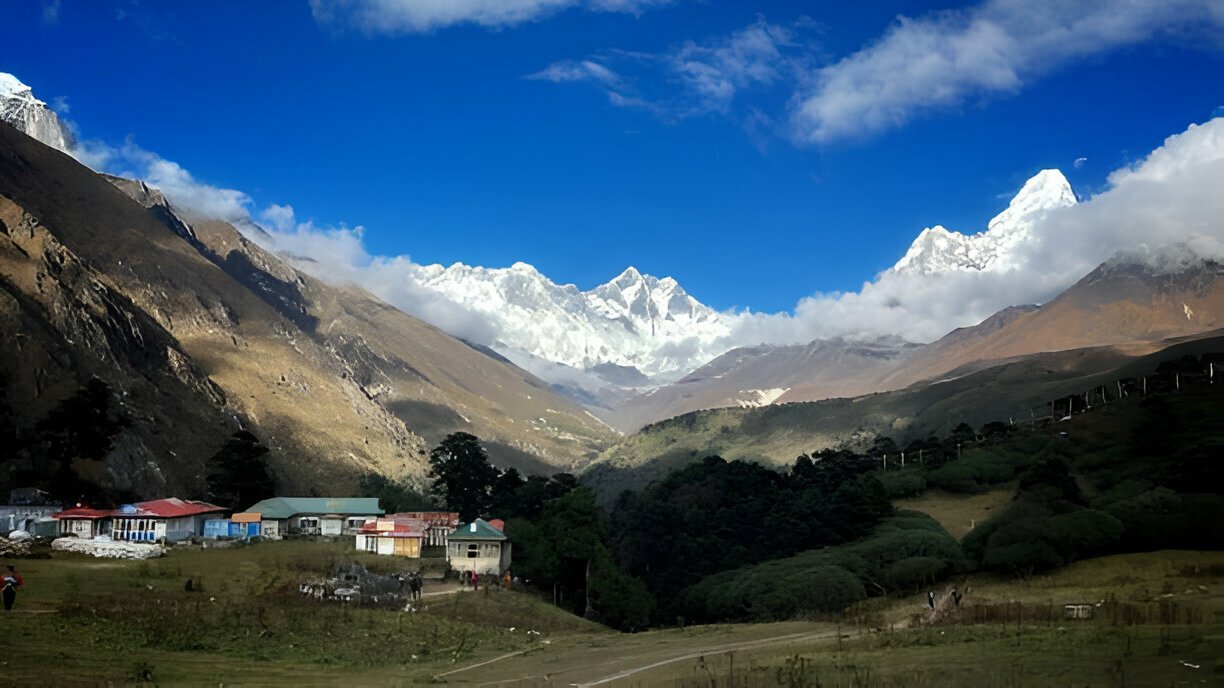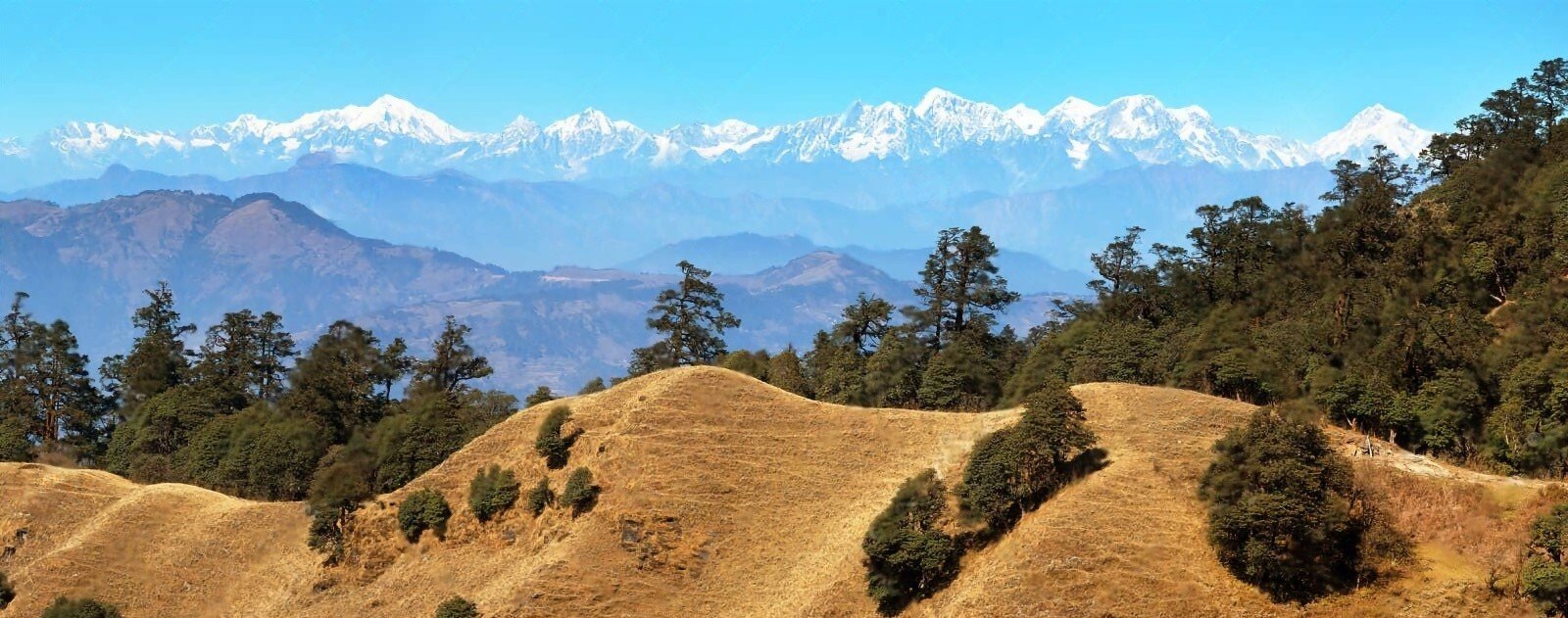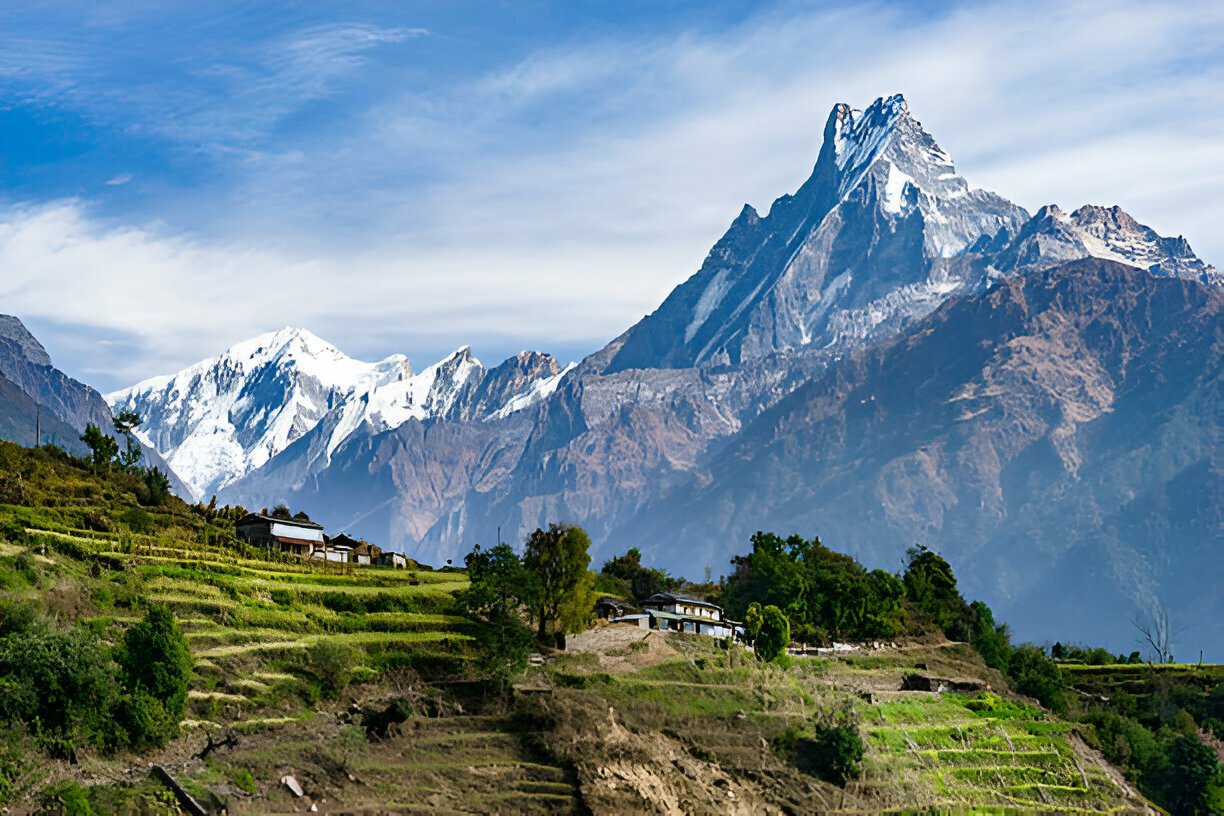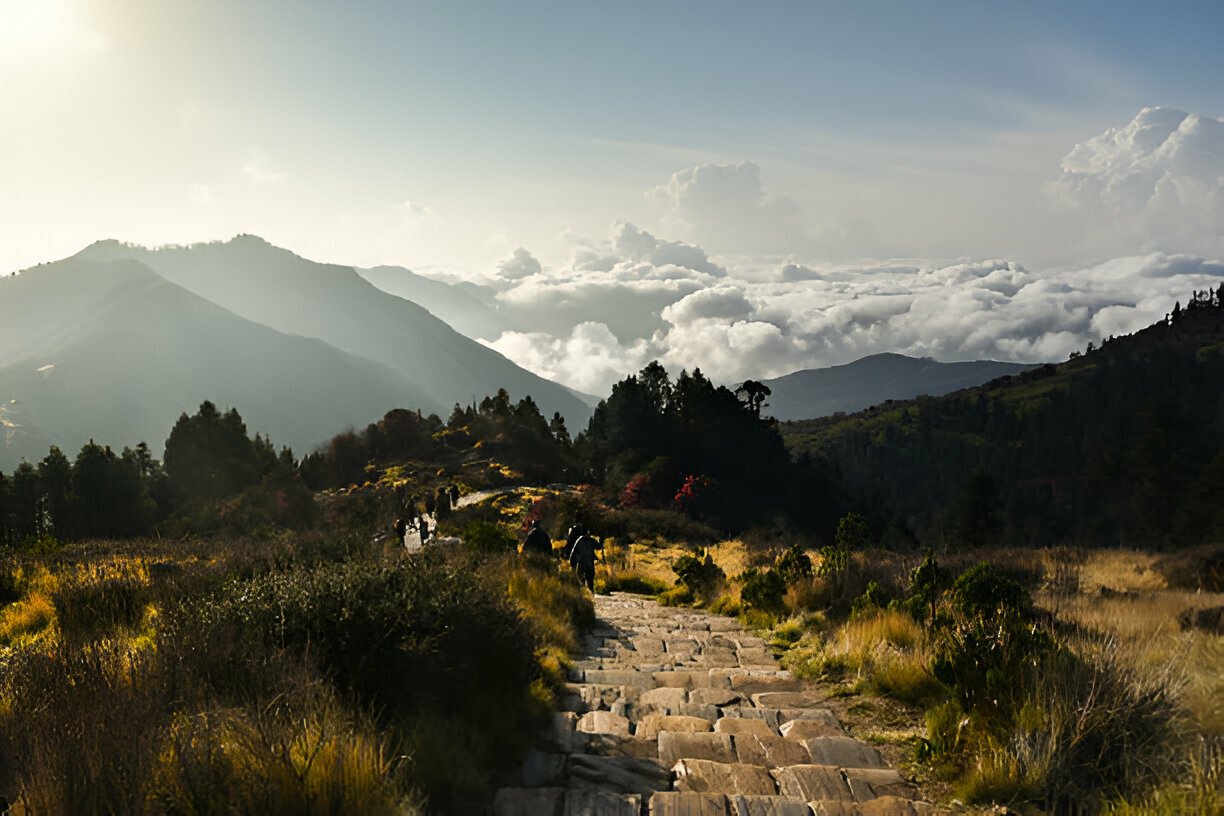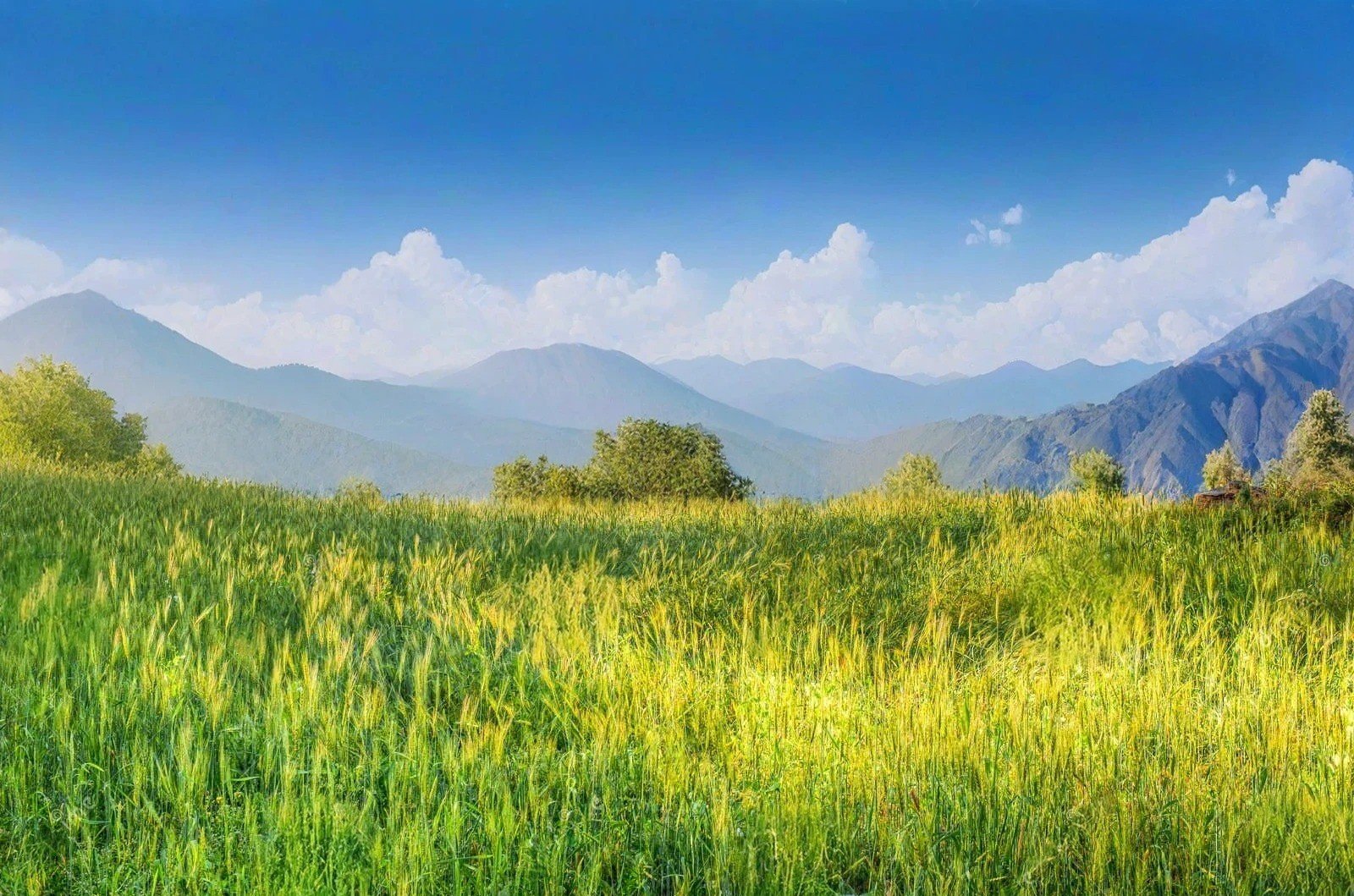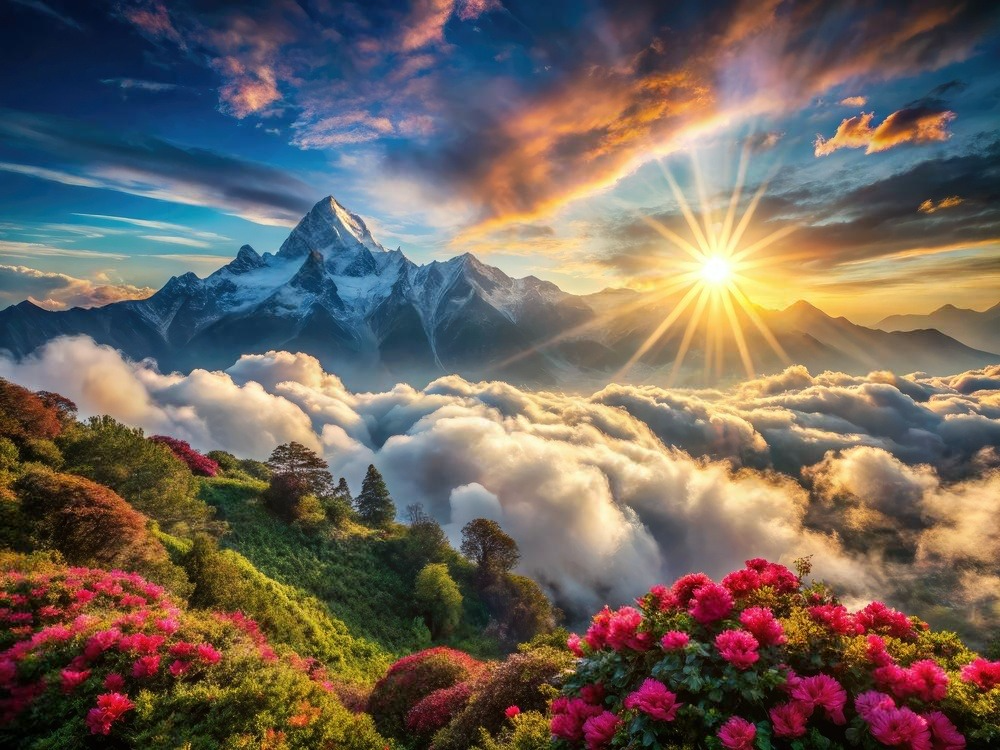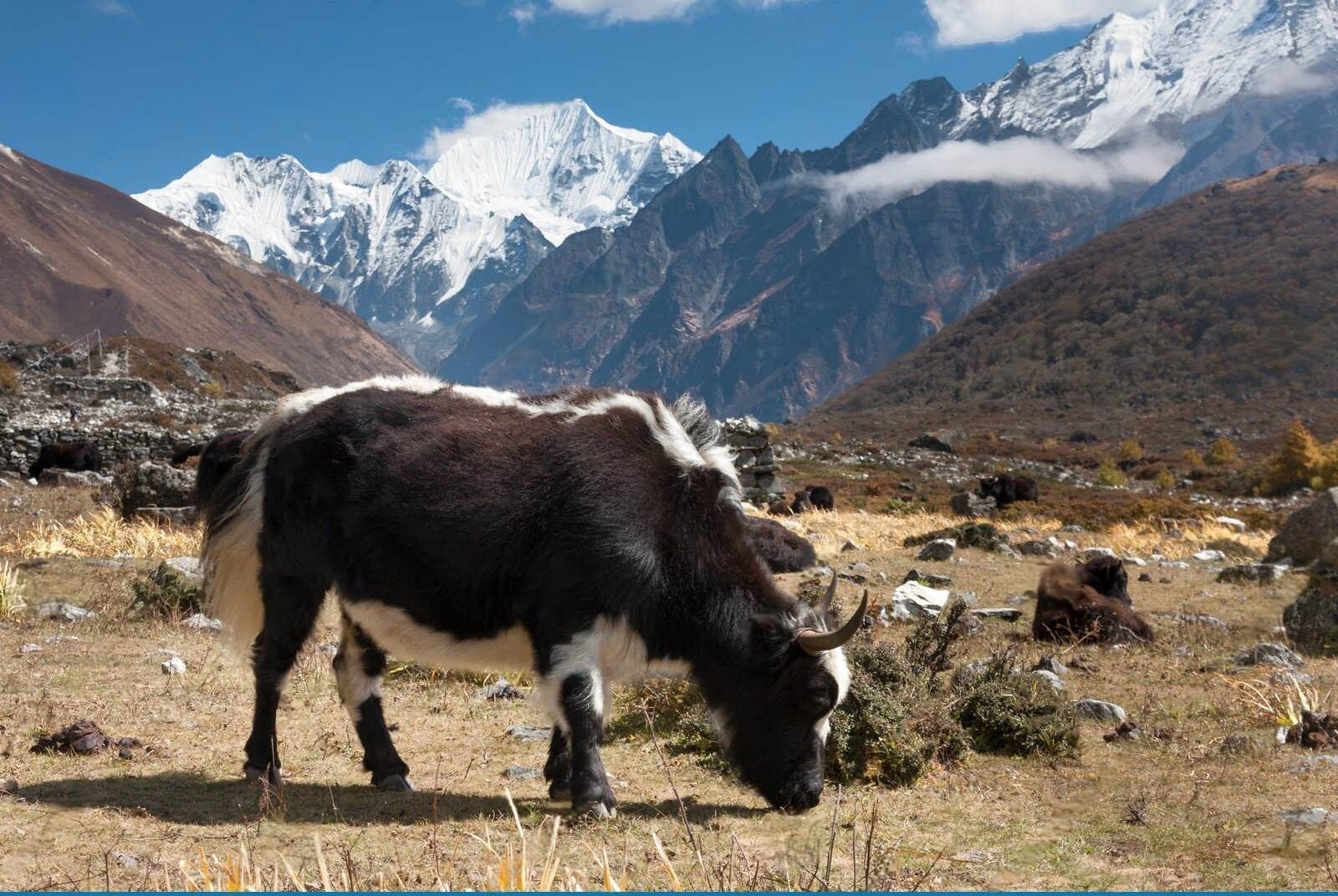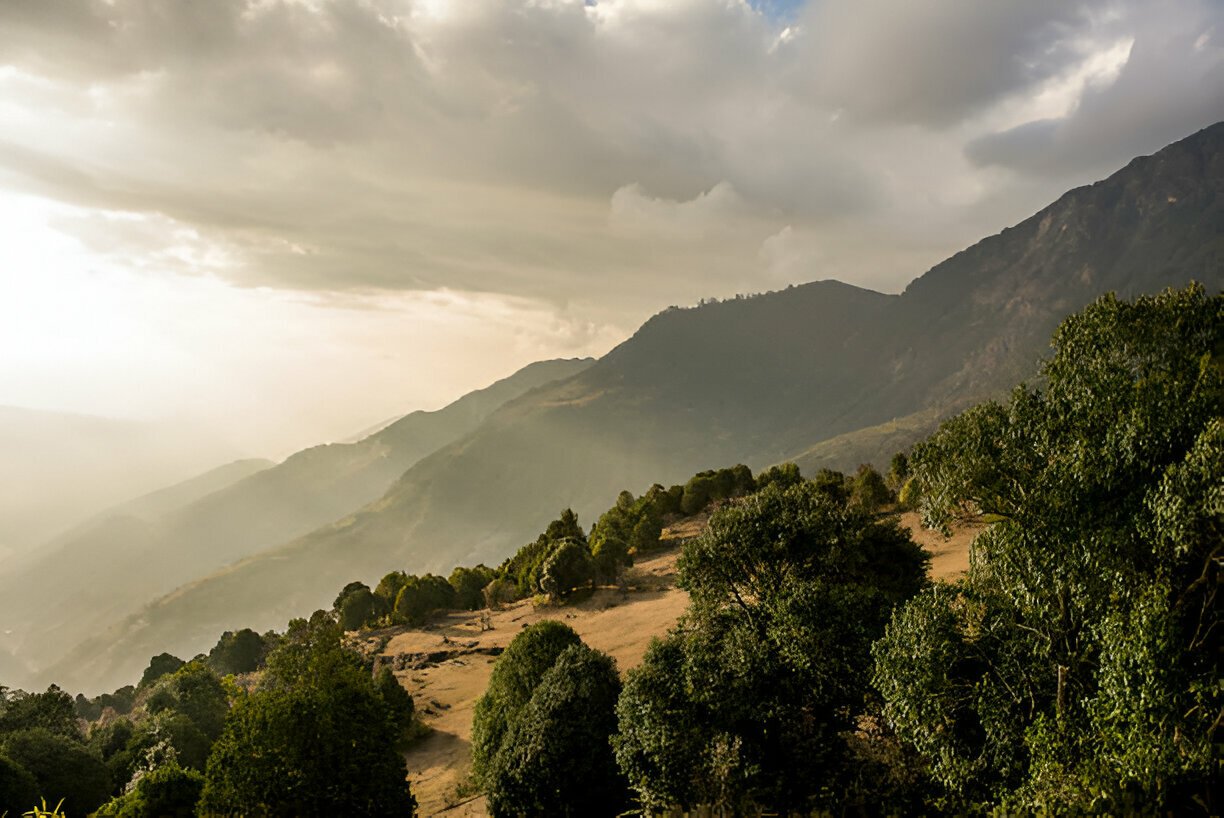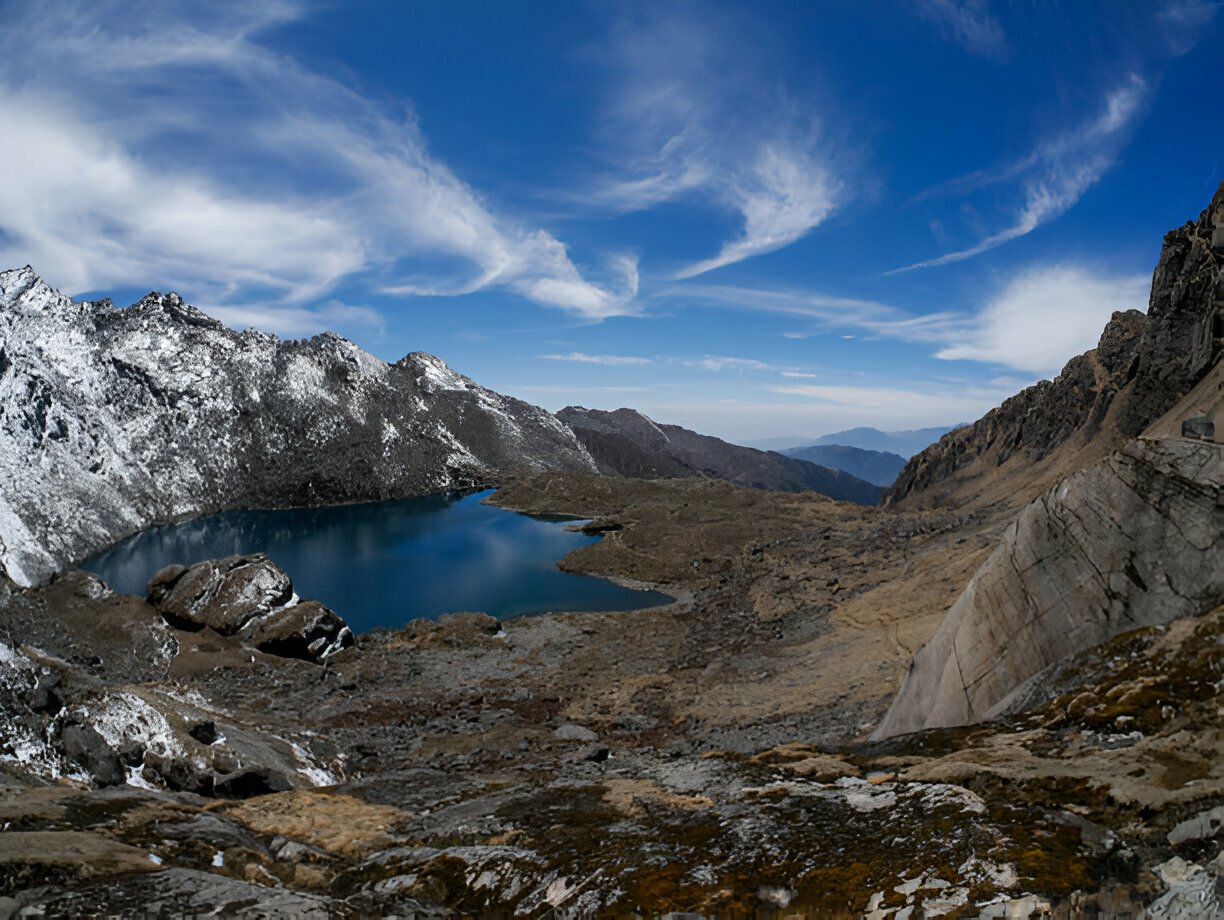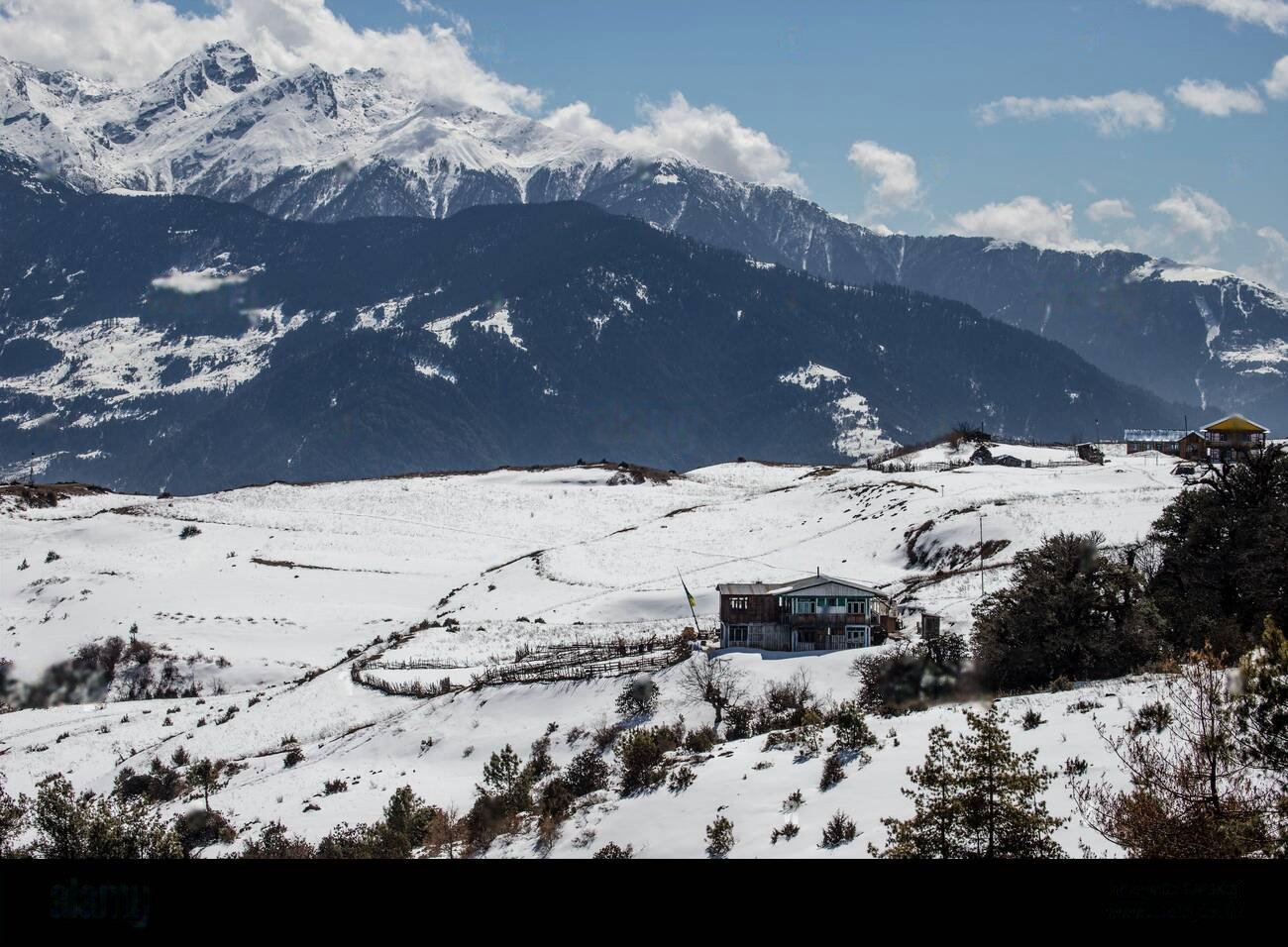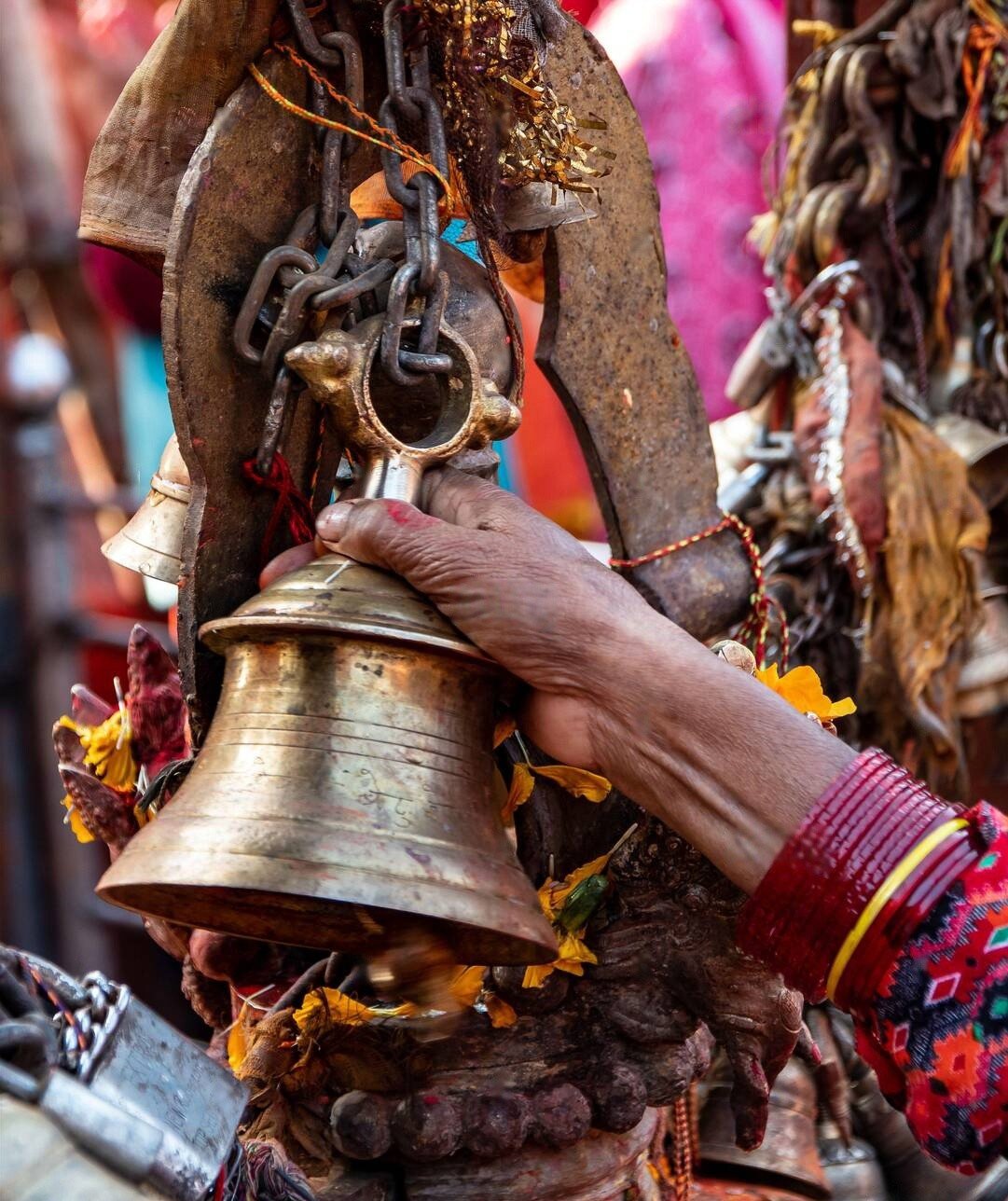 Detailed Information
Detailed Information
Visiting Budhanilkantha offers a uniquely tranquil spiritual experience distinct from the bustling religious centers of Kathmandu Valley. What makes this sacred site extraordinary is the powerful combination of artistic marvel, mysterious origins, and the serene natural setting that creates an atmosphere of peaceful contemplation.
As you approach the temple complex, located away from the urban density of Kathmandu in a more rural setting at the foot of Shivapuri National Park, the environment itself begins to set the stage for the encounter with the divine. The air feels cleaner, the surroundings greener, and the pace noticeably slower than in the city center. This transition creates a natural preparatory journey for the spiritual experience ahead.
The heart of Budhanilkantha's power lies in the first glimpse of the colossal statue of sleeping Vishnu. Unlike most deities who are housed within temple structures, the reclining form of Narayan lies under the open sky, partially submerged in a recessed pond of water. This unusual presentation creates an immediate sense of accessibility and intimacy with the divine that is rare in religious monuments. The statue's massive scale 5 meters in length combined with the extraordinary detail of its carving produces a powerful initial impact. Vishnu's serene expression, the perfectly carved eleven-headed serpent Ananta (representing eternity) on which he reclines, and the four divine objects held in his hands (a chakra disc, conch shell, club, and lotus flower) demonstrate masterful 5th-century craftsmanship.
The cultural experience surrounding the statue is equally compelling. Hindu devotees approach the water's edge to make offerings of flowers, incense, and red tika powder, many touching the water that has been in contact with the deity and bringing it to their foreheads in blessing. Priests perform rituals throughout the day, reciting ancient Sanskrit mantras that create a meditative soundscape. Unlike some more commercialized religious sites, Budhanilkantha retains an authentic atmosphere of genuine devotion.
The mystery surrounding the statue enhances its allure. Historical records are unclear about its creation local legends claim it was discovered rather than made, appearing mysteriously in a farmer's field. The strange prohibition against Nepal's kings visiting the site adds another layer of mystique, suggesting powerfully held beliefs about the statue's supernatural qualities. These stories, shared by guides and temple priests, transform the physical monument into a vessel of living mythology.
Throughout the day, the changing light dramatically alters the appearance of the statue as shadows play across its surface and the water reflects different qualities of illumination. This natural dynamism, combined with the continuous gentle sounds of water and chanting, creates a meditative environment that encourages visitors to linger, contemplate, and connect with something beyond the ordinary precisely what sacred spaces are designed to facilitate.
Visiting Budhanilkantha offers a uniquely tranquil spiritual experience distinct from the bustling religious centers of Kathmandu Valley. What makes this sacred site extraordinary is the powerful combination of artistic marvel, mysterious origins, and the serene natural setting that creates an atmosphere of peaceful contemplation.
As you approach the temple complex, located away from the urban density of Kathmandu in a more rural setting at the foot of Shivapuri National Park, the environment itself begins to set the stage for the encounter with the divine. The air feels cleaner, the surroundings greener, and the pace noticeably slower than in the city center. This transition creates a natural preparatory journey for the spiritual experience ahead.
The heart of Budhanilkantha's power lies in the first glimpse of the colossal statue of sleeping Vishnu. Unlike most deities who are housed within temple structures, the reclining form of Narayan lies under the open sky, partially submerged in a recessed pond of water. This unusual presentation creates an immediate sense of accessibility and intimacy with the divine that is rare in religious monuments. The statue's massive scale 5 meters in length combined with the extraordinary detail of its carving produces a powerful initial impact. Vishnu's serene expression, the perfectly carved eleven-headed serpent Ananta (representing eternity) on which he reclines, and the four divine objects held in his hands (a chakra disc, conch shell, club, and lotus flower) demonstrate masterful 5th-century craftsmanship.
The cultural experience surrounding the statue is equally compelling. Hindu devotees approach the water's edge to make offerings of flowers, incense, and red tika powder, many touching the water that has been in contact with the deity and bringing it to their foreheads in blessing. Priests perform rituals throughout the day, reciting ancient Sanskrit mantras that create a meditative soundscape. Unlike some more commercialized religious sites, Budhanilkantha retains an authentic atmosphere of genuine devotion.
The mystery surrounding the statue enhances its allure. Historical records are unclear about its creation local legends claim it was discovered rather than made, appearing mysteriously in a farmer's field. The strange prohibition against Nepal's kings visiting the site adds another layer of mystique, suggesting powerfully held beliefs about the statue's supernatural qualities. These stories, shared by guides and temple priests, transform the physical monument into a vessel of living mythology.
Throughout the day, the changing light dramatically alters the appearance of the statue as shadows play across its surface and the water reflects different qualities of illumination. This natural dynamism, combined with the continuous gentle sounds of water and chanting, creates a meditative environment that encourages visitors to linger, contemplate, and connect with something beyond the ordinary precisely what sacred spaces are designed to facilitate.

From $0
Price Varies from Group Size
Success
Here goes about why the success toast occurred.
 Activity Outline
Activity Outline
Temple Approach and Context
The Divine Sleeper
Ritual Observation
Surrounding Shrines and Grounds
Cultural Context and Legends
Meditation and Reflection
Evening Atmosphere and Departure
 Good to Know
Good to Know
The massive statue of Lord Vishnu reclining on a bed of serpents is carved from a single block of black basalt stone and is the largest stone carving in Nepal.
Cultural Highlights
Royal Prohibition: Ancient tradition preventing Nepali kings from visiting the temple
Haribondhini Ekadashi Festival: Major celebration when Vishnu is believed to awaken from cosmic sleep
Morning Rituals: Daily worship routines performed by priests and devotees
Licchavi Artistry: One of the finest examples of 5th-century stone carving in Nepal
Living Mythology: Site of ongoing religious practices that connect contemporary devotees with ancient traditions
Visitor Etiquette
Dress modestly, covering shoulders and knees
Remove shoes before entering the temple area
Speak quietly and be mindful of worshippers
Non-Hindus should observe without touching the statue or stepping into the water
Ask permission before photographing people in prayer
Walk clockwise around sacred objects and spaces
Avoid eating in the temple premises except in designated areas
Nearby Attractions
Shivapuri National Park: Lush forest with hiking trails and diverse birdlife (adjacent to temple)
Jamchen Monastery: Tibetan Buddhist monastery with traditional architecture (15-minute drive)
Boudhanath Stupa: One of the largest Buddhist stupas in the world (30-minute drive)
Kopan Monastery: Major center for Buddhist study with spectacular views (35-minute drive)
Sundarijal: Popular starting point for hikes with a scenic waterfall (40-minute drive)
 Reviews
Reviews
 FAQs (Frequently Asked Questions)
FAQs (Frequently Asked Questions)
Your queries are answered.
Can non-Hindus visit the temple?
Yes, visitors of all faiths are welcome at Budhanilkantha Temple. However, non-Hindus are expected to observe from a respectful distance and not approach the immediate vicinity of the statue or participate directly in rituals. Photography of the statue is permitted from appropriate distances.
Why is the statue partially submerged in water?
The water symbolizes the cosmic ocean on which Vishnu rests between cycles of creation and destruction according to Hindu cosmology. Practically, the water also helps preserve the stone and enhances the visual impact of the sculpture, creating the impression that the deity is truly floating on the cosmic waters.
What is the significance of the eleven-headed serpent?
The serpent is Ananta (or Shesha), representing eternity and the infinite nature of time. Its multiple heads form a protective canopy over the sleeping Vishnu, symbolizing the shelter of divine consciousness even during cosmic dissolution. The eleven heads may represent the eleven Rudras or manifestations of Lord Shiva.
Is there a dress code for visiting the temple?
Yes, modest dress is required for all visitors. Both men and women should have shoulders and knees covered. It's advisable to wear clothing that you don't mind getting slightly wet or marked with tika (colored powder) if you choose to receive blessings.
What is the story behind the prohibition against Nepali kings?
According to legend, the last Licchavi king who installed the statue had a dream in which Vishnu warned that if any reigning monarch of Nepal gazed upon his face at Budhanilkantha, the king would die. This prohibition was strictly observed throughout Nepal's monarchy until its abolishment in 2008.
How old is the statue?
While precise dating is challenging, art historians generally attribute the statue to the Licchavi period, approximately the 5th century CE. The exceptional craftsmanship and distinctive style are consistent with other Licchavi-era stone carvings found throughout the Kathmandu Valley.
What is Haribondhini Ekadashi and when is it celebrated?
Haribondhini Ekadashi falls on the eleventh day of the bright half of the Hindu month of Kartik (October-November). It commemorates Vishnu's awakening from his cosmic sleep. During this festival, the temple is decorated elaborately, and thousands of pilgrims come to offer prayers, creating a vibrant and colorful atmosphere.




